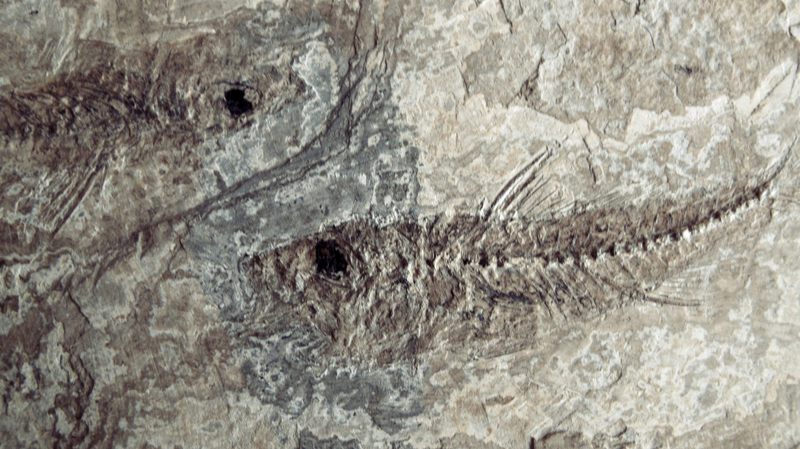Scientists have cracked one of paleontology’s oldest puzzles! A team of Chinese and Australian researchers has uncovered Palaeospondylus fossils in western Queensland, Australia, marking the first discovery of these ancient remains outside Scotland. Dating back roughly 400 million years, these fossils push our understanding back by about 10 million years. 🤯
Since its first documentation in 1890, the eel-like Palaeospondylus has baffled experts with its mysterious origins. Over 1,000 specimens found in Scotland had left scientists debating its true place in the evolutionary tree. Now, with high-resolution CT scans and state-of-the-art 3D reconstruction, researchers have restored its complete neurocranial structure, including tiny semicircular canals and nerve passages, to reveal crucial clues about its lineage.
The breakthrough study, featured as a cover article in the National Science Review, challenges previous theories. Lead researcher Lu Jing from the IVPP explained that the fossil’s anatomy strongly indicates a link to the cartilaginous fish lineage rather than the tetrapod stem group.
Adding to the excitement, the team introduced a novel cross-platform volumetric data reconstruction method. This new technique significantly enhances the processing and visualization of delicate paleontological data, paving the way for future discoveries about Earth’s early life.
This discovery is a game-changer for science enthusiasts everywhere, proving that even the tiniest fossils can radically reshape our understanding of evolution. Stay tuned for more epic insights from the world of research!
Reference(s):
cgtn.com




